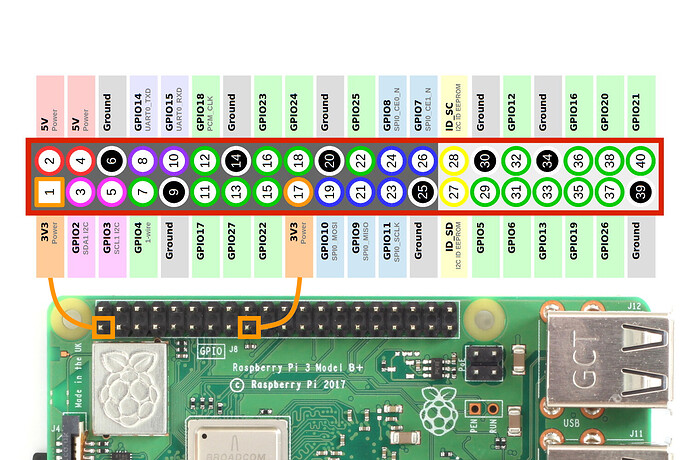I’m doing a project where I wanted a little more than what I could get with arduino. I’m a xojo coder so I ordered my pi, touchscreen and accessories and got my free license for xojo pi, and cracked my nuckles. I’m all set up ready to code today and now I’m finding so very little information about how to do anything other than blinking an led. Most of the samples and videos are from 5 years ago or so. And google doesnt return much more than those initial examples. The GPIO/Classes in the example has LED RGBLED and Servo. (No Serial?)
So I came to the forum to look and it seems like Xojo got really excited about pi support 5 years ago and then forgot about it. And also maybe there just isn’t a big enough community to get it to where arduino libraries are. And now I see that wiringPi is deprecated and replaced with pigpio. But no tutorials or anything on how to get that to work, or if it’s seamless and just works and all the old examples (I mean the 2 blinking examples) will still work or what. The thread I did find on pigpio has people trying to get it to work. And of course the Pi Book is outdated. Even the examples under new project are wiringpi and not pigpio.
Basicaly I need to control some actuators with xojo over can bus. They are smart actuators so I just tell them where to go and how. I have a can bus modue that I got working fine in arduino and had motors moving in about an hour. I connects serial over 2 pins and ground. And in arduino I’m using a library called Serial_CAN_Module. But I don’t even see a Serial library for xojo, much less anything about Can Bus.
I see a few possible outcomes here:
-
I’m just missing something stoopid and there are more xojo gpio classes that I’m not finding yet.
-
I have to write everything from scratch or port these other libraries over.
-
I’m going to need to write all my gpio stuff in python and somehow call those from the xojo UI. But I have never programmed in python so I’m not excited about the learning curve on that solution.
-
Fall back to arduino (which I don’t think is powerful enough) and have the pi ui tell the arduino what to do over serial. In arduino I’ve had issues with floating point numbers and for this project precision is important.


